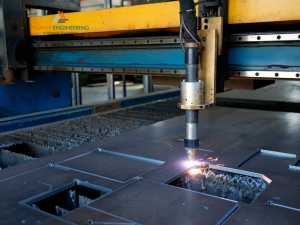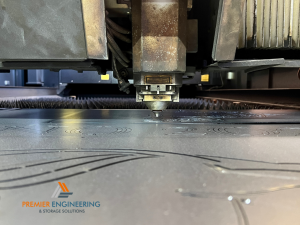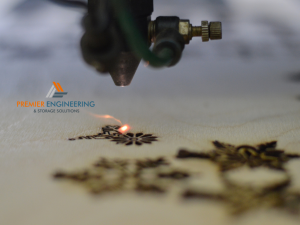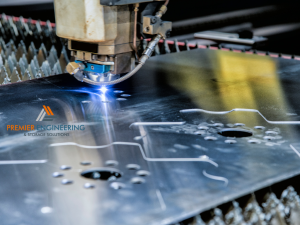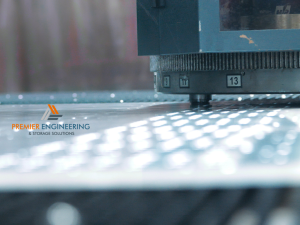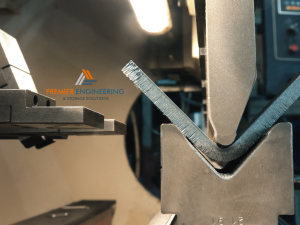The Evolution of Steel Cutting: Advancements and Innovations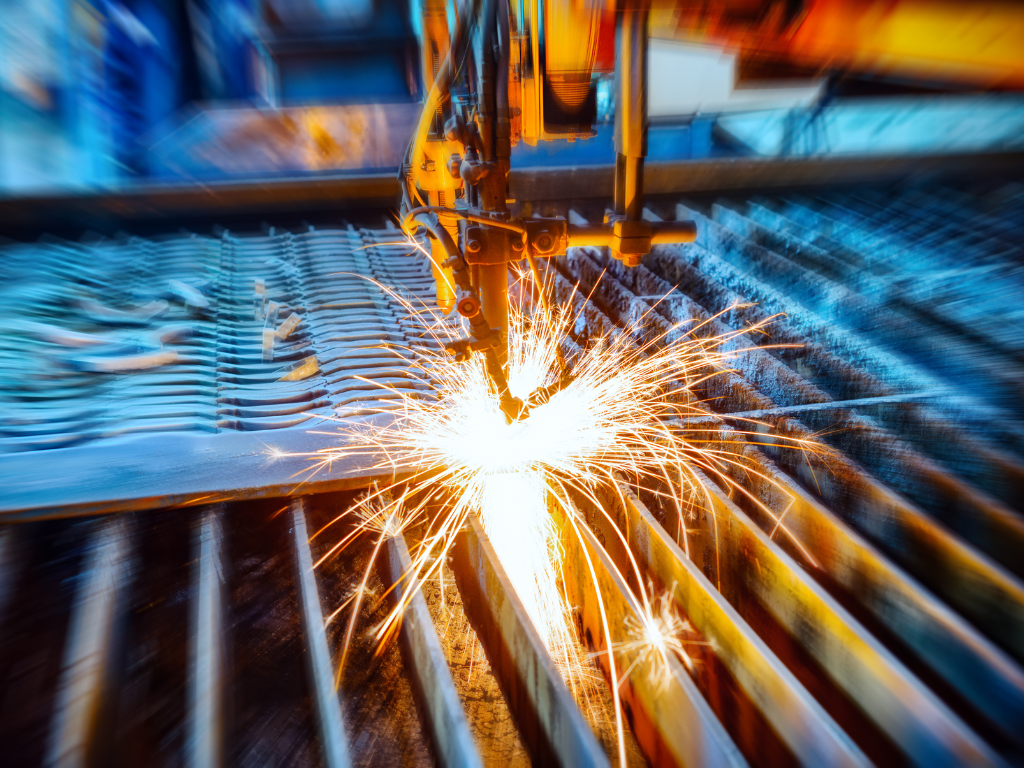
Steel metal cutting is a critical process that shapes steel and determines its quality. It has been a significant process in manufacturing for centuries, and it continues to evolve today. As the most commonly used metal in the world, steel has various applications, from building and transportation to consumer goods.
In this article, we will explore the evolution of steel cutting and how it has changed over time, thanks to advancements and innovations in technology.
Traditional Methods of Steel Metal Cutting
Traditional methods of steel cutting involve using a sawmill or sawing machine. These machines use large blades to cut through the steel piece, either manually or with an automated system. However, traditional methods have their limitations, including the time required for set up and processing, as well as the accuracy of the cuts.
Advancements in Steel Cutting
With the advancements in technology, there have been many new developments in steel cutting. Laser cutting, for instance, is one of the most significant advancements in the field of steel cutting. It uses a high-powered laser to cut through steel with precision and accuracy, making it faster and more efficient than traditional methods.
Another advancement in steel cutting is waterjet cutting. This method uses high-pressure water to cut through steel, creating a smoother edge compared to traditional methods. Waterjet cutting is also eco-friendly and generates minimal waste.
Plasma cutting is another technology that has revolutionized the steel cutting industry. It uses a high-velocity jet of ionized gas to cut through steel, producing a clean and precise cut. Plasma cutting is fast, efficient, and suitable for cutting thick steel plates.
Innovations in Steel Cutting
Aside from the advancements in technology, there have been many innovations in steel cutting as well. One such innovation is the introduction of computer numerical control (CNC) machines. These machines use computer programs to control the steel cutting process, resulting in precise and accurate cuts every time.
Another innovation in steel cutting is the use of robots in the cutting process. With the use of robotic arms, manufacturers can achieve higher levels of accuracy, speed, and flexibility in steel cutting.
Conclusion
In conclusion, steel cutting is an important process in manufacturing that shapes steel and determines its quality. It has undergone significant changes over time, thanks to advancements and innovations in technology. Laser cutting, waterjet cutting, plasma cutting, CNC machines, and robots are some of the most significant advancements and innovations in steel cutting.
These technologies have made the steel cutting process faster, more efficient, and more precise. As the demand for high-quality steel products continues to grow, we can expect further advancements and innovations in the field of steel cutting.

